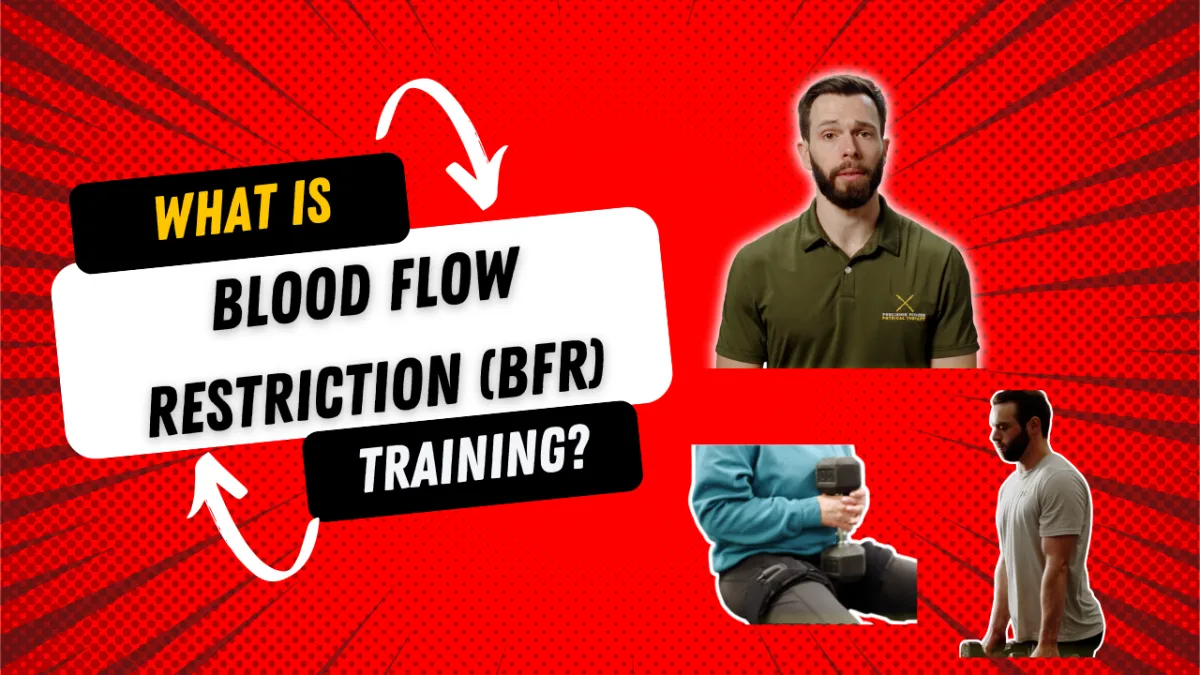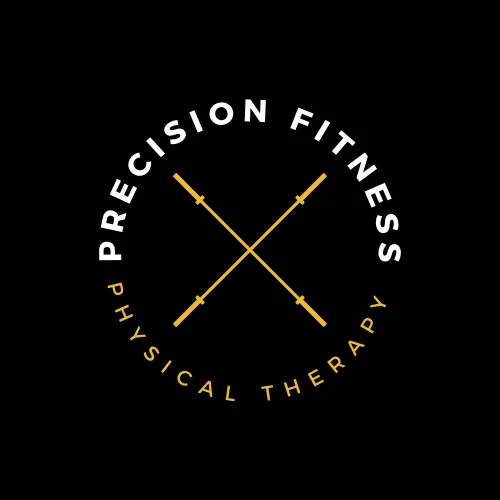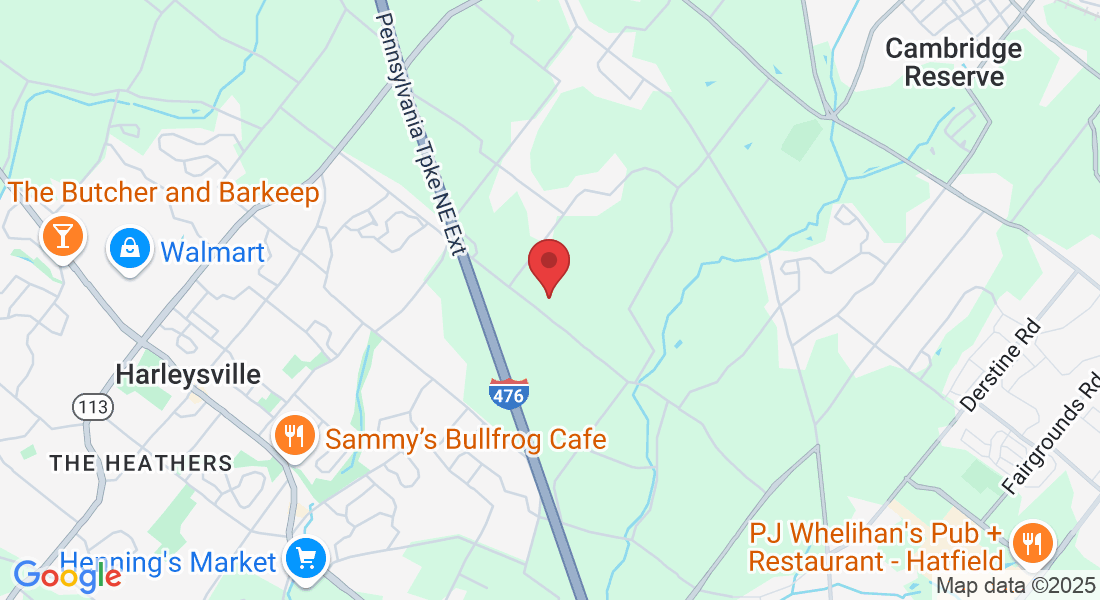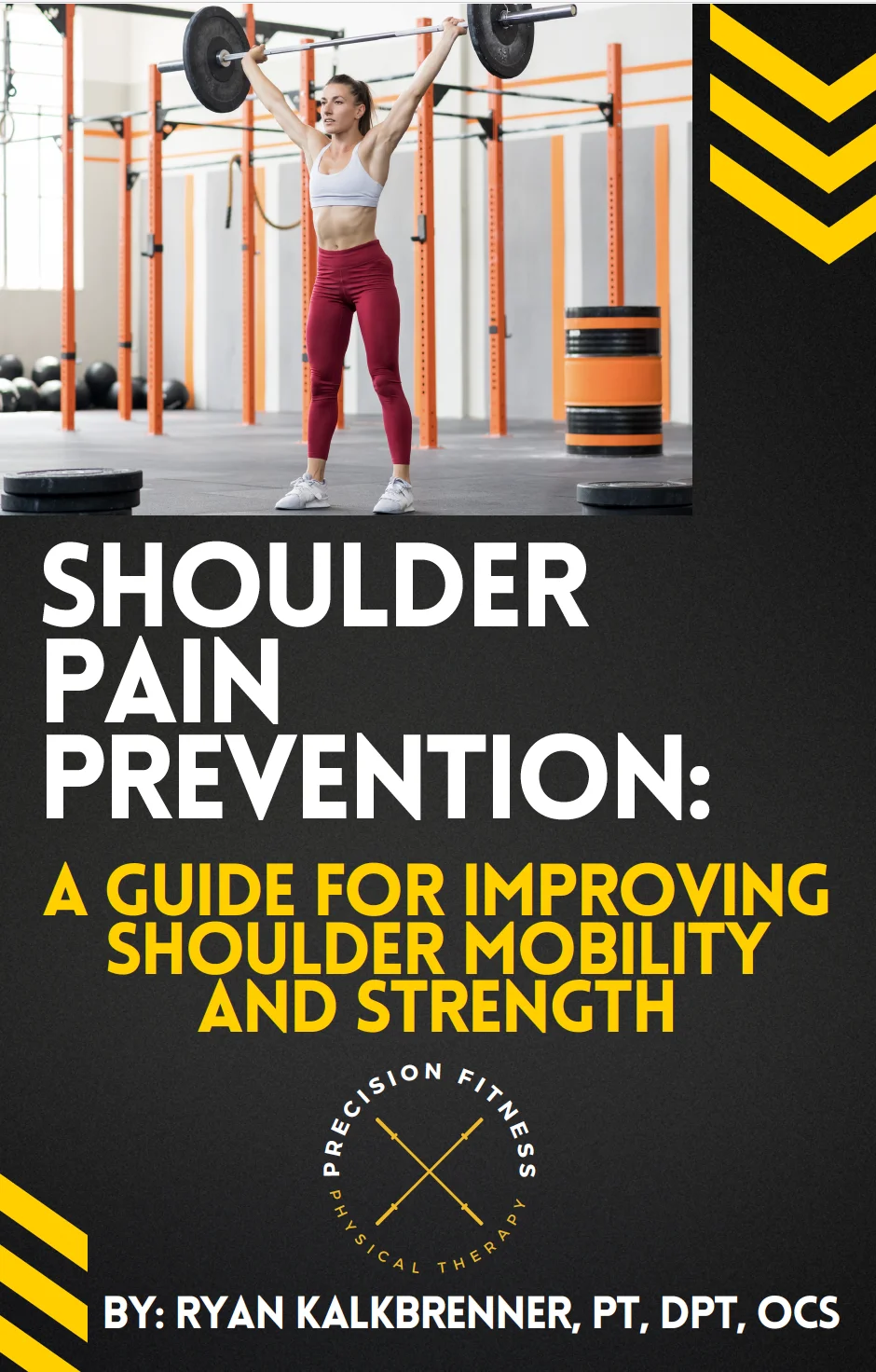
What Is Blood Flow Restriction Training?
Blood Flow Restriction Training: What is it, and How Can It Help With Knee pain?
By Dr. Ryan Kalkbrenner, DPT, OCS – Precision Fitness Physical Therapy
If you’re an active adult dealing with knee pain and looking to avoid injections, medications, or surgery, you’ve likely been told to “just rest” or stop doing the activities you love. But what if you could continue training, strengthen your legs, and reduce knee pain—without overloading your joints?
At Precision Fitness Physical Therapy, one of the most powerful tools we use to help clients achieve just that is called Blood Flow Restriction Training, or BFR.
If you are more of a listener or visual learner, click the link below for a full video description:

What Is Blood Flow Restriction (BFR) Training?
Blood Flow Restriction (BFR) training is a cutting-edge technique that allows individuals to build muscle and strength using significantly lighter loads. This is especially beneficial for people with knee pain, arthritis, or post-surgical limitations that prevent them from lifting heavier weights.
BFR works by using a pneumatic cuff or tourniquet, placed around the upper portion of your arm or thigh, to partially restrict arterial blood flow into the limb and completely restrict venous return (blood leaving the limb) during exercise.
This sounds intense—but when used with the right technology and a trained professional, it’s completely safe. We specialized pressure-calibrated devices to customize the level of occlusion for each client. These devices detect how much pressure is required to occlude your limb (similar to a blood pressure cuff), then backs off to only 60-80% of this based on the goal of the practitioner. Think of it like a highly specialized blood pressure cuff, monitored and guided by a trained physical therapist. Only, the cuff stays partially inflated throughout an exercise.
BFR creates a controlled environment that stimulates muscular fatigue, metabolic stress, and strength gains, without having to use heavy weights that could further irritate your joints. It's not the same as tying a resistance or voodoo band around your leg at the gym—this is a safe, research-supported approach.
Is It More Effective Than Heavy Lifting?
No! Many people see information on BFR and get upset that I am trying to convince people to not lift heavy or that heavy lifting is bad for you. Quite the opposite! If you are able to lift heavy weights, you should! In fact, research shows that lifting heavy weights is superior to BFR in improving strength of muscles. However, BFR is very close in generating similar amounts of strength, and equal at improving muscle size. So why is this important? Well, many of the clients we work with are unable to lift heavy weights due to pain in their knee for example. If part of the solution to their knee pain is to have stronger thigh and supporting muscles, but it is too painful for them to do exercises that actually increase their strength, THIS is where BFR training comes into play. It allows them to progress their strength in a way that does not cause them more pain or harm to their injury.
🧠 How Does BFR Training Actually Work?
The benefits of BFR aren’t just based on anecdotal results—they’re backed by decades of peer-reviewed science (click here) and physiology. Here's how BFR produces real changes in your body:
1. Metabolic Stress & Fatigue
When blood flow is restricted, oxygen delivery to your muscles is reduced. This creates an immediate and intense build-up of metabolic byproducts (aka the leftover byproducts of the after the muscle has used its primary energy source), which your body interprets as high-effort work—even if you're lifting very light weights. This rapid fatigue creates an ideal environment for muscle growth and adaptation.
2. Increased Muscle Fiber Recruitment
Under normal conditions, light resistance training mostly uses slow-twitch (type I) muscle fibers. During heavy load training (70+% of a 1 rep max) and high speed work your body uses fast-twitch (or type II) muscle fibers. However, with BFR your body begins to recruit fast-twitch (type II) fibers, those responsible for strength and power, almost immediately due to the rapid fatigue response of the muscle fibers. BFR helps you achieve this with just 20–40% of your normal training load.
3. Hormonal & Cellular Responses
Some research shows that BFR increases the release of anabolic hormones, such as growth hormone and IGF-1, which play a key role in tissue repair and muscle growth. It also activates satellite cells, the stem cells responsible for regenerating and strengthening muscle fibers. However, this is likely only a small effect, and the increased mechanical tension and metabolic stress is likely the primary driver of developing more muscle.
4. Improved Muscle Protein Synthesis
Even small muscle groups trained with BFR can lead to systemic benefits. Because the muscles experience high stress in a short time, they respond by increasing protein synthesis—the biological process that builds muscle—just like they would after a heavy lifting session. Research has shown BFR with light loads to create nearly equal hypertrophy (aka muscle growth) as heavy load training.
What Does a BFR Session Look Like?
In the clinic, a typical BFR session involves:
Determining appropriate loads for the client (1 rep max testing, or estimations based on difficulty if too painful to perform 1RM tests)
Applying the cuff to the upper thigh or arm
Calibrating the device to determine safe occlusion pressure
Performing low-load exercises, which looks like anything from doing leg lifts without additional weight, to doing back squats or single leg split squats at 20-40% of a 1RM. It is all about meeting the client where they are at from a loading tolerance, pain, and ability perspective.
Using a structured protocol to create muscular fatigue… many protocols suggest doing high pressures and high repetitions, but in reality many people cannot tolerate this. Sticking to moderate to high rep ranges, loads, and medium pressures is usually where people thrive the best. Either way, you are doing 4 sets of 15 reps or higher depending on the protocol.
You’ll feel your muscles burn quickly—even though the resistance is light. This is completely normal. Most of my clients say the hardest part is pushing through the “muscle burn”, but they’re surprised to find that their joint pain doesn’t flare up during or after the session, and the burn goes away nearly immediately after deflating the cuff.
Who Can Benefit from BFR Training?
While BFR is used by elite athletes and post-op surgical patients, its real power is in helping everyday active adults return to pain-free movement.
Ideal candidates include those with:
Chronic knee pain
Knee arthritis
Meniscus injuries
Patellar or quadriceps tendinopathy
Achilles tendinitis/repair
Post-operative limitations
Pre-hab before surgery
Trouble tolerating traditional strength training
Whether you're an active gym-goer, CrossFitter, runner, or just want to keep up with your kids or lifestyle, BFR can help you rebuild strength, reduce pain, and in many cases avoid unnecessary surgery.
Is It Safe?
When performed under the guidance of a trained physical therapist using clinical-grade equipment, BFR is considered very safe. Research shows it's effective for a wide range of people—from healthy athletes to post-operative seniors. At one time, there was much concern over restricting blood flow and creating blood clots, but in the average person, BFR actually reduces your risk for developing blood clots due to some of the hormones released during BFR exercise.
This is not something you should attempt on your own using resistance bands or improvised equipment, which can be dangerous. Our clinic uses personalized limb occlusion pressure technology, ensuring every session is tailored to your body’s needs.
Final Thoughts
Blood Flow Restriction training isn’t a gimmick, it’s a proven, science-backed method that allows people with pain or physical limitations to safely train and get stronger. At Precision Fitness Physical Therapy, we use BFR as part of an integrated plan to:
Reduce knee pain
Restore functional movement
Rebuild strength
Keep you active without medications or surgeries
It’s not magic—you still have to work hard. But it gives you the opportunity to train smart and without exacerbating your pain.
– Dr. Ryan Kalkbrenner, PT, DPT, OCS
Precision Fitness Physical Therapy



